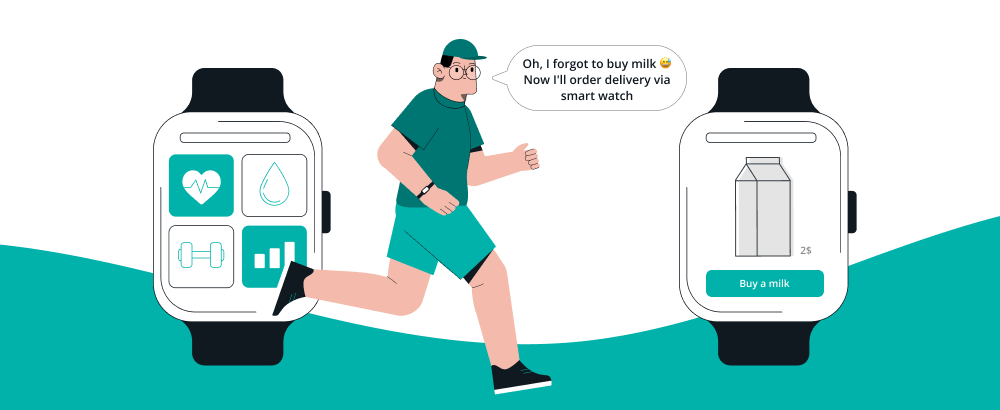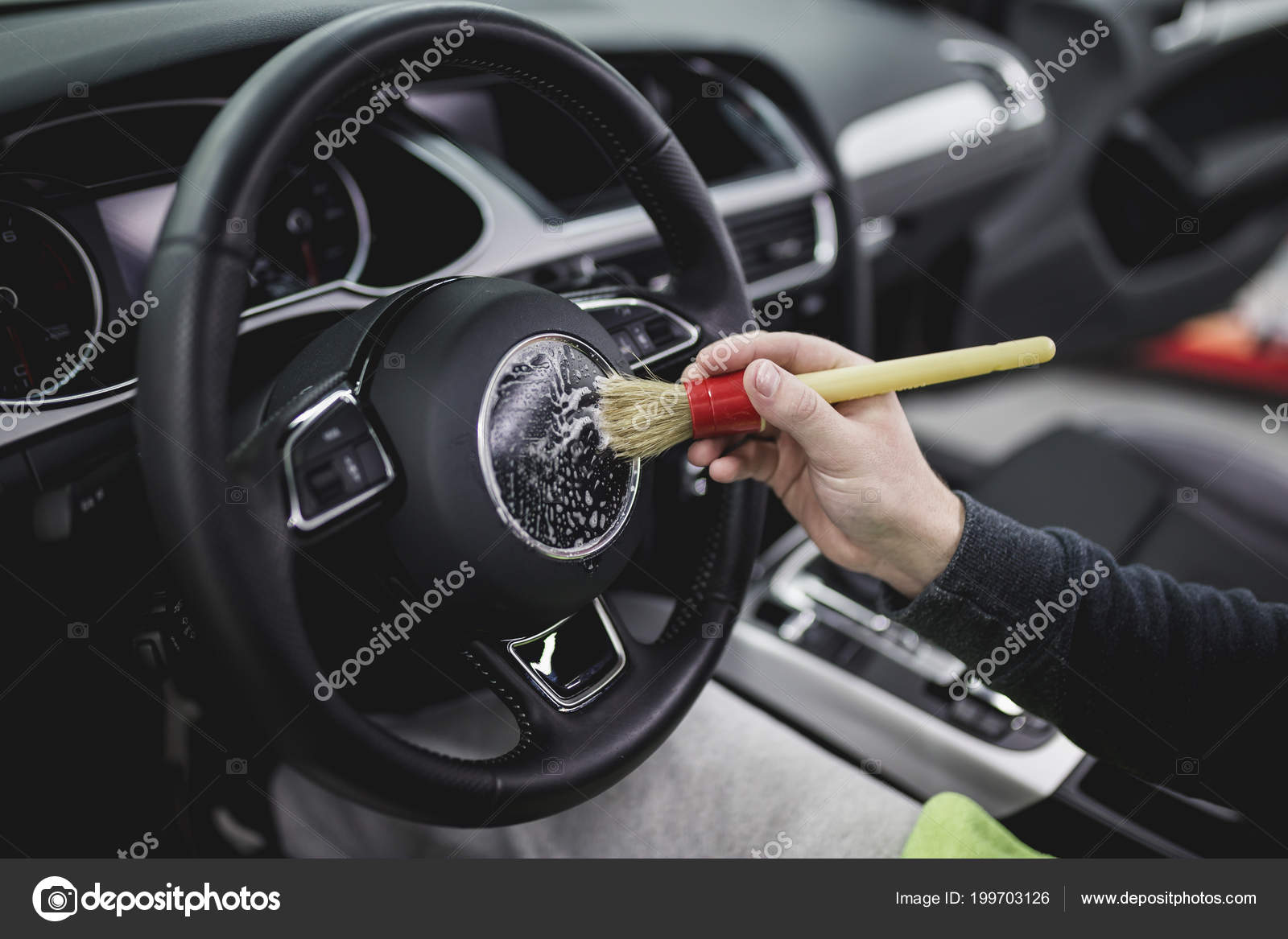
This is not an exhaustive list of cool car, but these are ten. These include, among others, the Nissan Sentra SE-R Spec V as well the Mercedes-Benz S-Class S-Class and Toyota Tacoma X-Runner. These are all great cars to consider if you're looking for a new car. There are many other cool cars that you might be interested in. Find out which cars we consider the best.
Nissan Sentra SE-R Spec V
The Nissan Sentra, despite its name, is a very cool car. While not a Porsche, it has a lot of potential, making it a cool car to own. This affordable sports sedan has a surprisingly good handling score. VQ35 engines are a great addition to a range of Nissan models. The sedan isn't the fastest on the block but it is good enough for daily use.

Toyota Tacoma X-Runner
If you're looking to find a fun car that can take you from A-B in a matter of minutes, the Toyota Tacoma X-Runner could be for you. The X-Runner, which replaced the Tacoma S-Runner in 2004, was designed to maintain Toyota’s presence in the muscle-truck marketplace. Ford and Dodge were pursuing low-slung muscle trucks, but Toyota opted for a more conservative approach. The car still looks great a decade later.
Ford Mustang GT
The Ford Mustang GT is the new model. GT stands for Grand Touring. It can sprint from zero to sixty mph in 3.5 seconds, and can reach a top speed of 200 mph. This Mustang can go faster with the optional performance package. The car's performance has been enhanced by adjustable dampers as well as a Torsen limited slip rear differential. Founder Jack Roush supercharged the car's 5.0-liter V-8 engine. It has gloss-black wheels and was the first of these models to be built.
Mercedes-Benz S-Class
The Mercedes-Benz S-Class latest version will have augmented reality overlays on the head-up display. Mercedes-Benz uses this technology in embedded navigation systems. The HUD will project useful information onto your windshield. For example, the vehicle will show turn arrows and the address of a nearby house. This is an exciting feature. The latest Mercedes-Benz S-Class has many more cool features.

Lamborghini Urus
Although it's difficult to believe, the Lamborghini Urus really is a car. It is a front engine supercar, so it's not a V10 or a V12. It has a twin-turbo V8 engine that produces 641 horsepower and can reach speeds of 190 mph. This car is not for the weak of heart and it's a blast to drive.
FAQ
How long is an automotive mechanic apprenticeship
It takes approximately three years to complete an automotive mechanic apprenticeship. This includes two years in school and two as an apprentice. The first year is dedicated to learning the theory and practical skills of the trade. You'll also learn how tools can be used safely and efficiently during this year. After the first year, a second year will be spent on-thejob training. This year you'll get experience in different trades. These are also the times you can attend formal courses.
The final year is dedicated to earning certifications and qualifications in the field. These include NVQs, which are obtained after passing industry-specific exams. In addition, there are HNCs (Higher National Certificates) that cover general subjects such as management, business administration, and customer service. For those interested in pursuing certain trades, City & Guilds certificates are available.
What qualifications are necessary to become a truck driver mechanic?
Although you don’t have formal qualifications, you have extensive experience with engines and trucks. Your expertise is invaluable because you know how quickly and efficiently to diagnose problems.
Your knowledge of diesel technology will allow you to identify the parts that are required to fix our vehicles.
How can I prepare myself for a mechanic apprenticeship
It is vital to be able to comprehend what you are doing. Understanding the mechanics and working of cars is essential. This way, you know where to start when you go on your first day at the garage.
It is also important to be able to fix small problems like broken lights or tires.
This will teach you how to diagnose problems and fix them yourself.
For the purpose of putting them back together again, you'll need to be able to identify how each piece fits together.
And finally, you must know how to use tools safely and efficiently.
These are all things that will make you a competent mechanic.
Statistics
- The U.S. Bureau of Labor Statistics (BLS) reports that the job outlook for automotive service technicians and mechanics is expected to decline by 4% from 2019 to 2029. (indeed.com)
- 52% of Mechanics in the United States think their salaries are enough for the cost of living in their area. (indeed.com)
- There were 749,900 jobs available for automotive service technicians and mechanics in 2016, which is expected to grow by six percent through 2026. (jobhero.com)
External Links
How To
How to properly diagnose your car for repair
First, look at the symptoms of your car to determine if it needs repair. Then, follow these steps to diagnose your vehicle properly.
-
Check engine lights. Check the dashboard light indicators such as the engine light indicator, the oil pressure gauge, the battery light indicator, the coolant temperature gauge, and the RPM gauge. If they have been flashing for more days than usual, it could be a sign that something is wrong with the vehicle.
-
Check the treads of your tires. Tires can become worn and cause problems in handling and braking. It is also important to inspect the wheel treads. You should ensure that they are clean and smooth. This can be done by removing the wheels from the vehicle and taking them off. You can check the tread wear with a flashlight.
-
Monitor the level and consistency of your brake fluid. Keep track of the brake fluid level in your vehicle. This ensures that your brakes work properly. Low brake fluid levels can cause brake failure when you apply pressure.
-
You should test the suspension system. A suspension system is designed to absorb vibrations and shocks. It improves control and allows for smoother accelerations or decelerations. It might feel uncontrollable or wobbly if your vehicle is suffering from a suspension problem. If you are unsure if your vehicle is suffering from a suspension problem, put weight on the front and rear axles to check the movement.
-
Take a look at the steering column. The steering column is used to link the steering wheel with the rest of vehicle's components. The steering column can often be damaged by an accident. It is recommended to replace any steering column that feels loose, or shakey.
-
The exhaust pipe should be observed. Exhaust pipes help move gases from the combustion chamber to the atmosphere. Your cabin will be effected if your exhaust pipe cracks or leaks. Also, if your tailpipe is bent, you should fix it immediately.
-
Look under your hood. Check under your hood for any unusual or missing components. Fluids could be leaking from your engine. If you smell something strange coming from your engine compartment you should call a professional technician.
-
The air filter should be checked. The vehicle's outside environment may cause the air filter to collect dust and debris. A dirty air filter causes your vehicle to run poorly. Replace your air filter regularly.
-
Check the fan belt. Your vehicle's fanbel is what connects the engine and the transmission. If the fanbel breaks, your engine won't turn. Replacing the belt is simple. You only need a screwdriver or pliers to replace your belt.
-
Make sure you inspect the radiator hoses and hoses. The radiator hose carries water from the radiator to the engine. If it becomes cracked or damaged, it can leak hot liquid onto the engine. Repairing the hose is easy with a pair of needlenose pliers or a small wire brush.
-
Be sure to inspect your windshield wipers. Windshield wipers use electricity to wipe away rain and snow. If they stop working, streaks could be left on your glass. The solution is to change the washer fluid.
-
Check the battery cables. Batteries provide power to electrical systems inside your car. Always disconnect the negative wire before you replace batteries. Failure to do so can damage your alternator.
-
You should check the headlights. The headlights provide illumination for the road ahead. They can make it difficult to see if they stop working. To check if the bulbs have gone out, you can inspect them.
-
Make sure you have your lights on. If you approach other drivers at night, lights will warn them. You could be distracted and cause an accident if one does not work.
-
You should inspect your brakes. Before you have a collision, brakes slow down your car. If the brakes fail to work correctly, your car could lose control and collide with another vehicle.
-
Make sure to change the oil. Keep your engine lubricated with oil. It helps prevent metal parts from wearing out too quickly. Changing the oil every month is recommended.